For most of the past winter we lived under heavy cloud cover. At our northern latitude, clouds and winter make for dimly lit days. As a practitioner of the “sunny 16” system of judging exposure, winter daylight metering required wide lens apertures, so I called this a time of “cloudy 5.6”. Most often I aim for significant contrast in my black and white compositions. When the sun is close to the horizon and obscured by clouds, I have found the sky to be a compelling subject to photograph.
The skies over my local community have a significant amount of overhead infrastructure: Wires, cables, power lines, and metal structures catch my eye. Traditional photography, like painting, frequently avoids capturing these wires and lines. New housing projects bury them underground. But, in the dim light of winter, I admire the graphic patterns overhead.
Featured image above: I frequently drive by this office building on the side of a hill. A few times last winter I noticed two men in security guard uniforms looking up to the sky next to this building. I returned with a camera to their vantage point on a Sunday when the business was closed. Perhaps the two men were admiring the lines in the sky?
Occasionally the winter sky will clear, offering our neighborhood a view of the majestic Mount Rainier. I could have traveled some distance to find an unobstructed view, but I rather enjoy to sagging curves of the power lines.
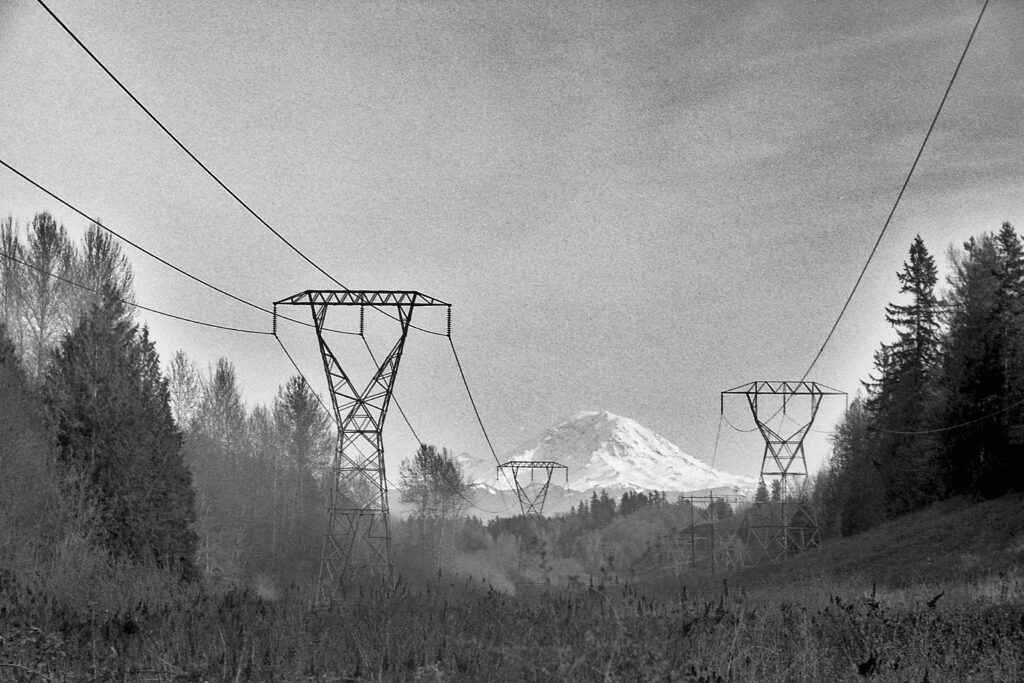
Below is the view from a quiet urban street, on a gentle hill above a nearby town center. I stood on a sidewalk in front of a fine wooden cottage with a lovingly tended garden. Here the lines above are devoid of charm: almost threatening.
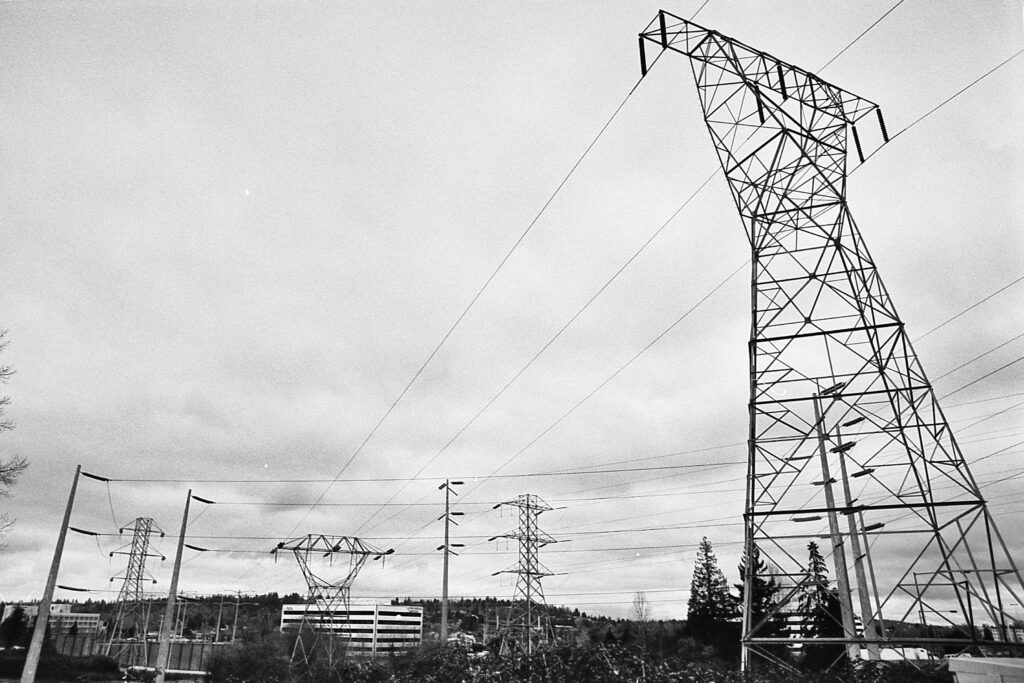
Near my residence, an enterprising family have constructed an enormous house on a large view lot. It is interesting that they have left the previous wire fencing in place at the front of their lot.
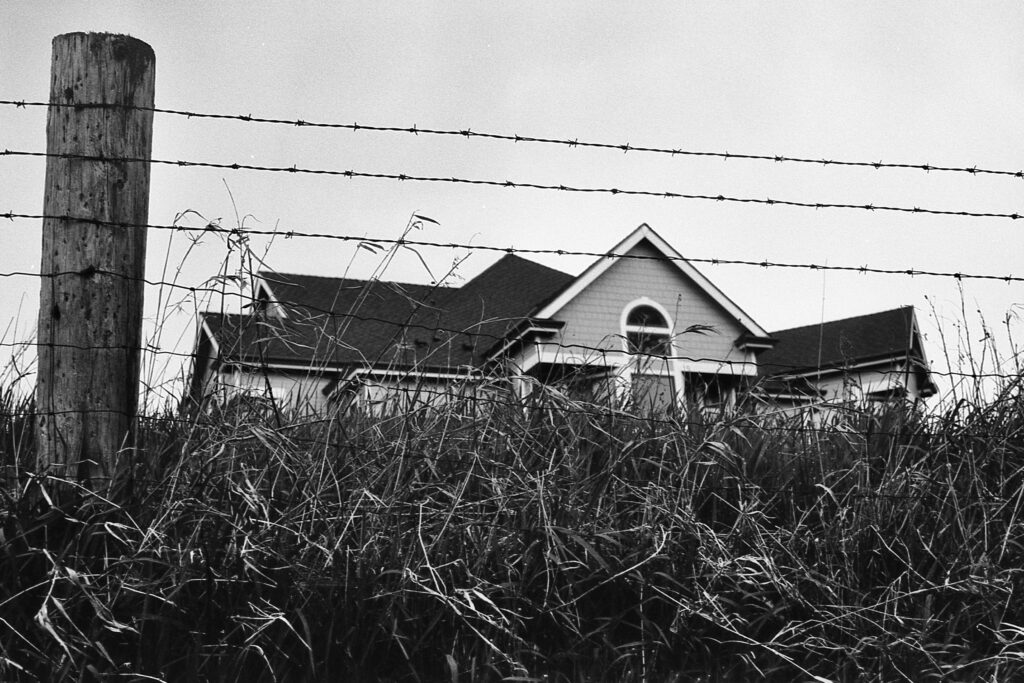
At a local road intersection, a lone utility pole carries the electrical and communications infrastructure for both streets.
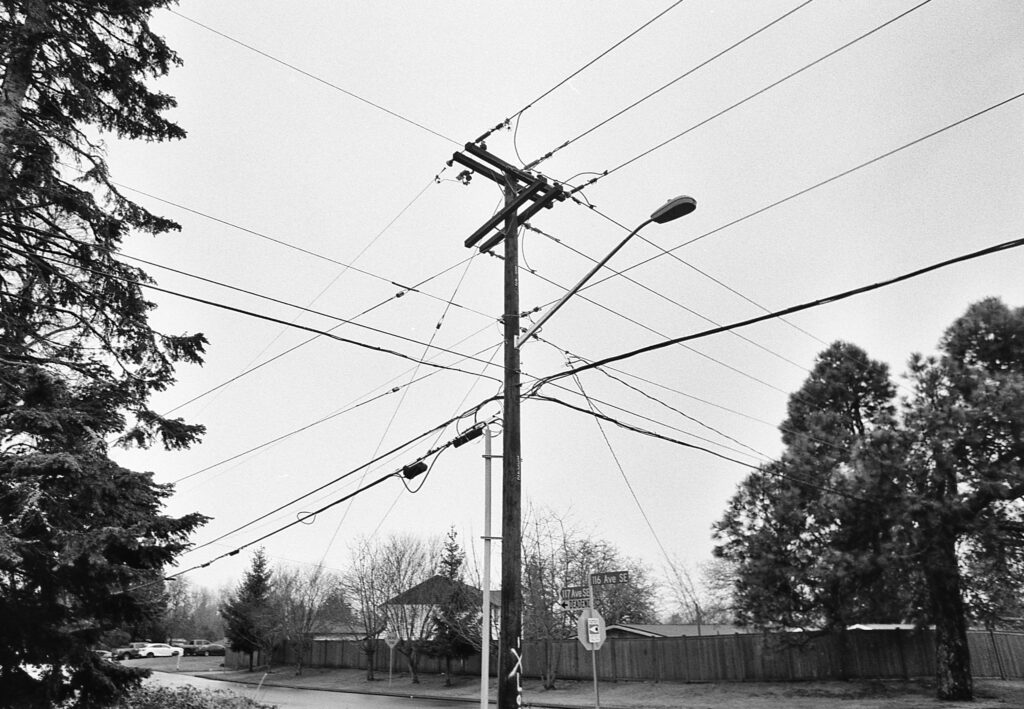
In closing, here is a fine winter sky, with a wealth of lines.
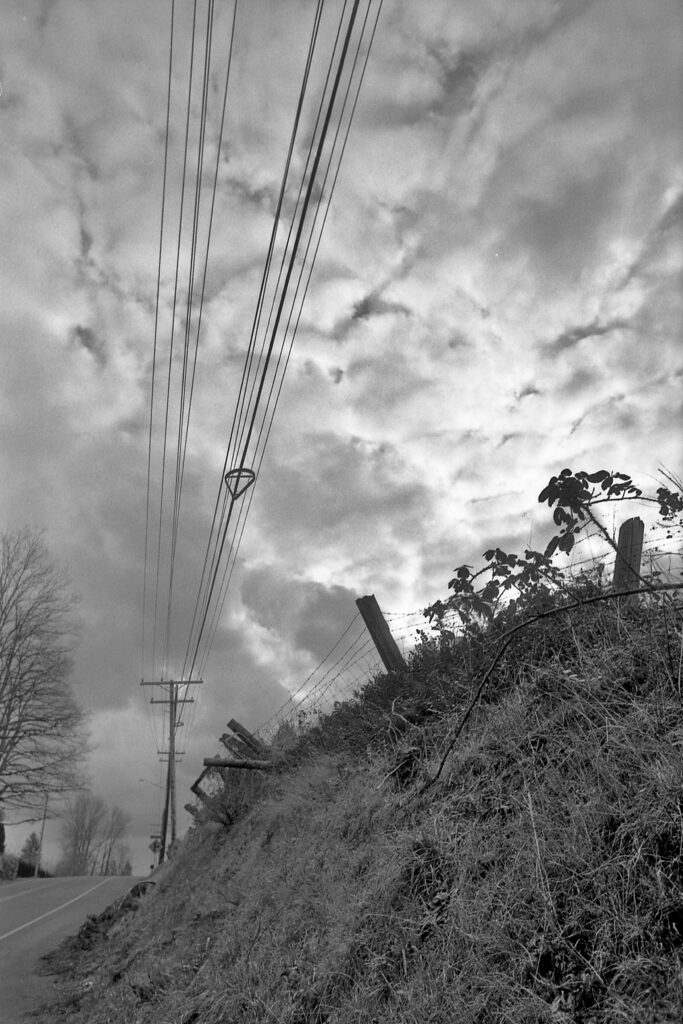
All photos are on Kodak TMAX 100 film exposed at 100 ISO. I am currently bulk-loading this TMAX. The 100 ISO is helpful for bright sunny day meter estimations: f16 at 1/125th, f11 at 1/250th, f8 at 1/500th, etc. Home developed with Rodinal at 1:100 dilution, semi-stand: a few inversions at the start, then I leave it alone, returning after 30 to 45 minutes to dump it out. Negatives are imported with an Epson V550 flat-bed scanner. Darktable software was used for cropping and occasional adjustments to shadow detail.
Share this post:
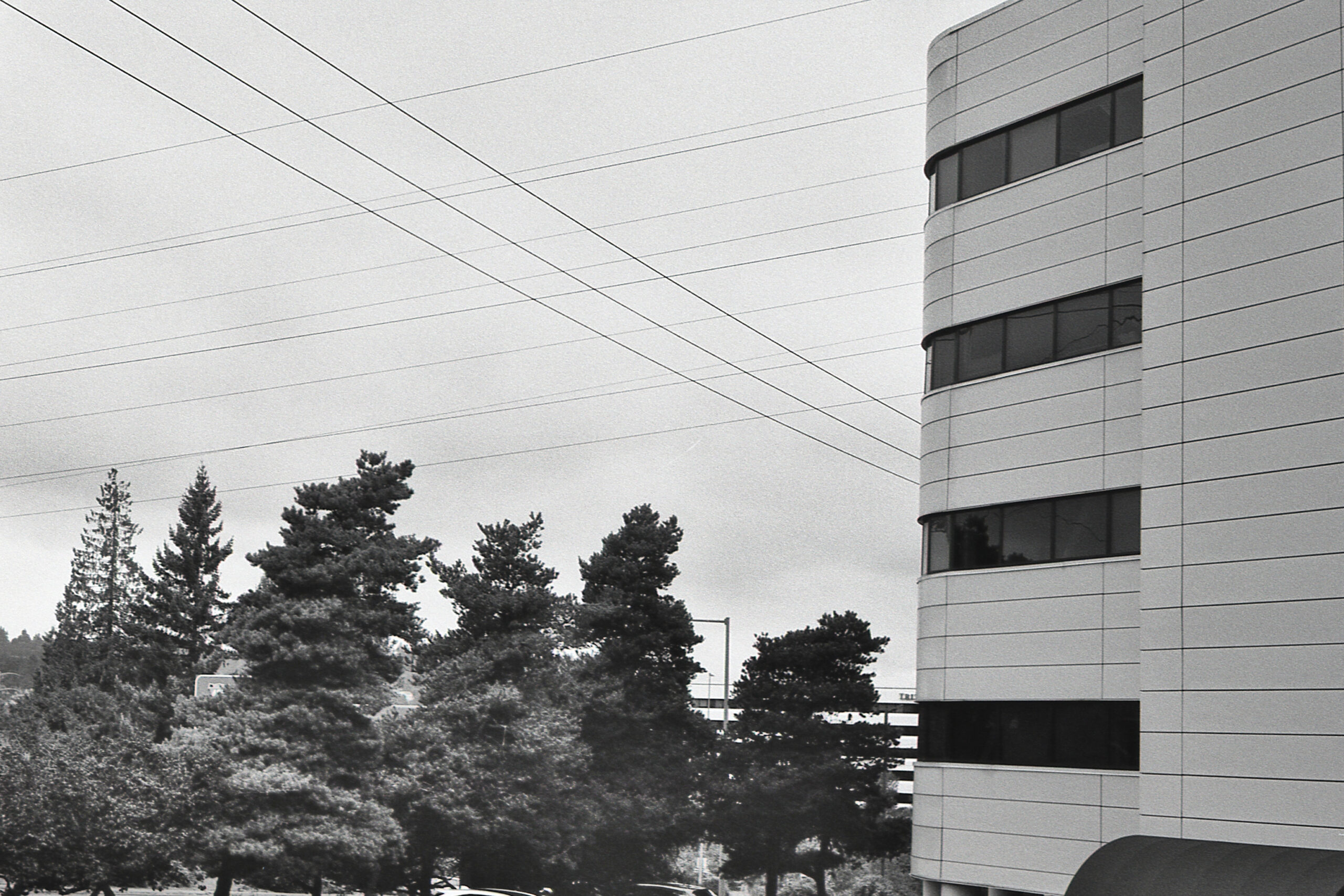
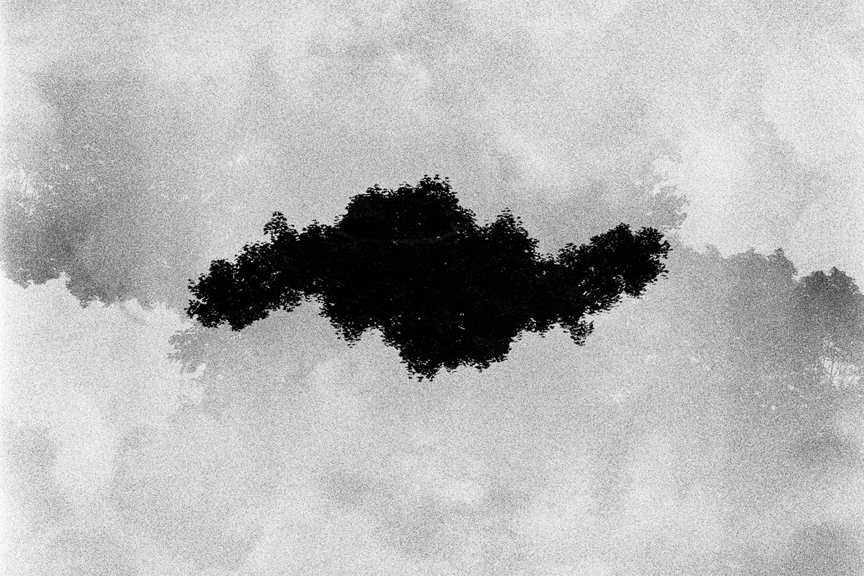

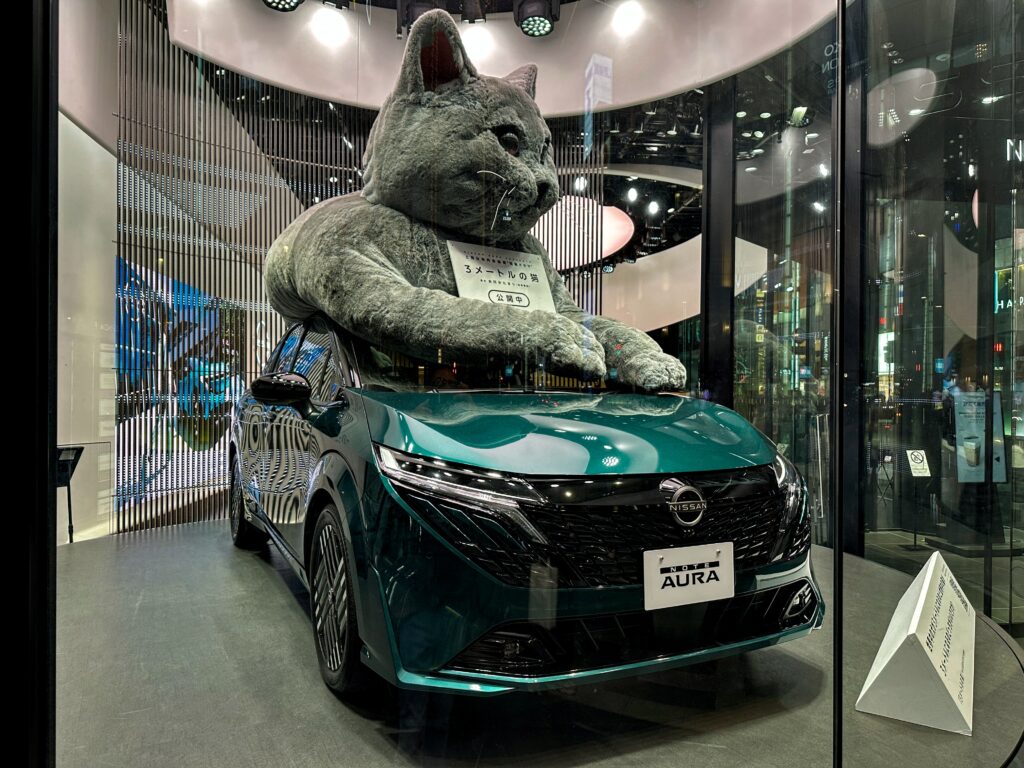

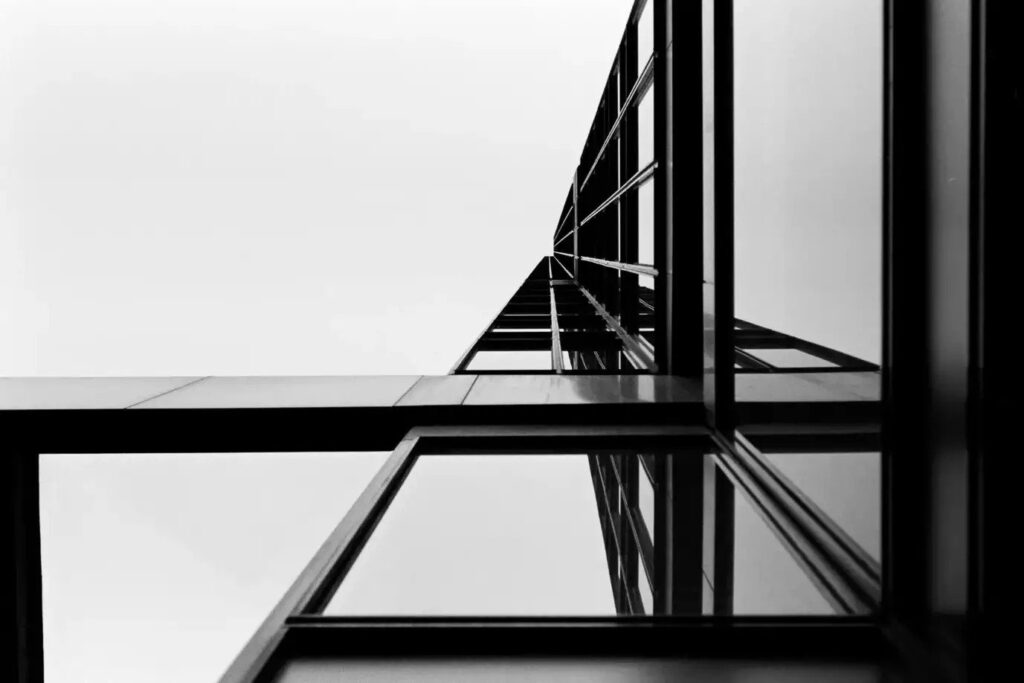
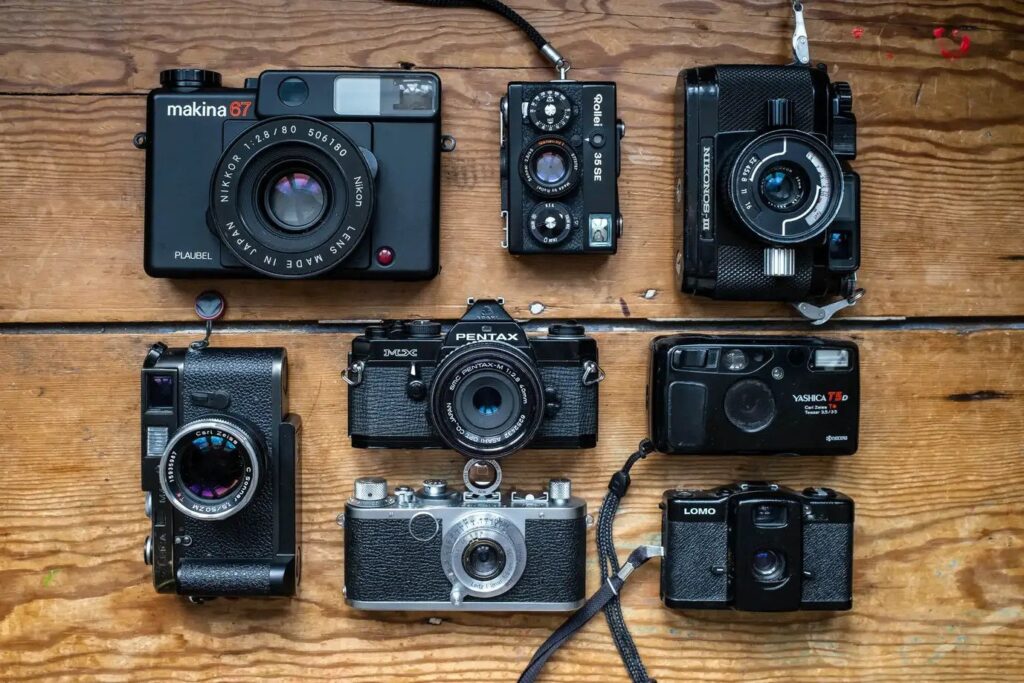
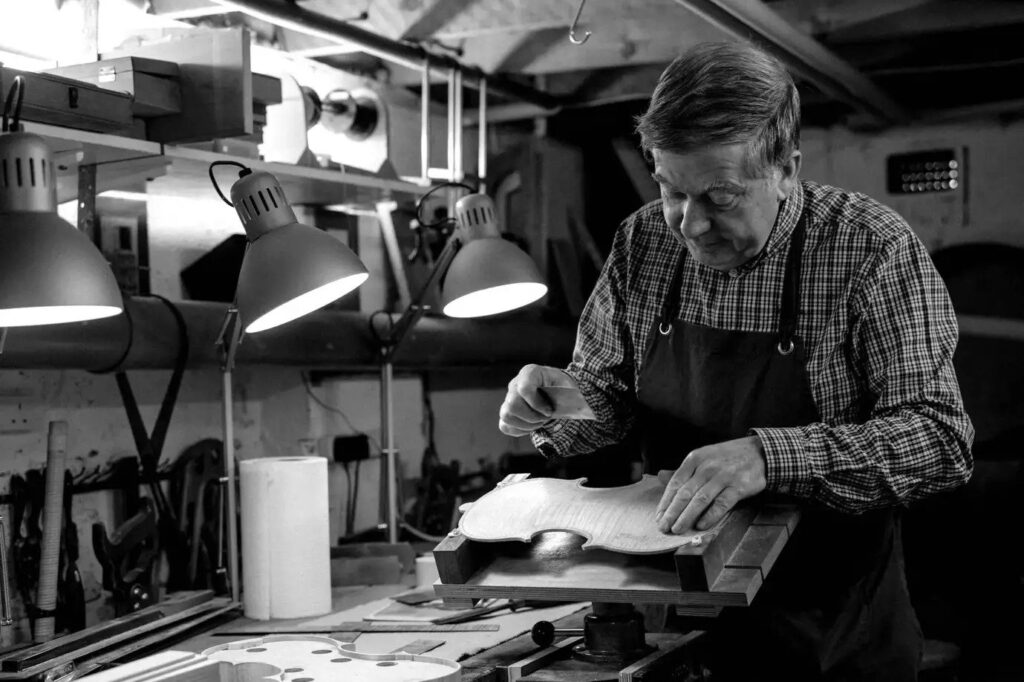
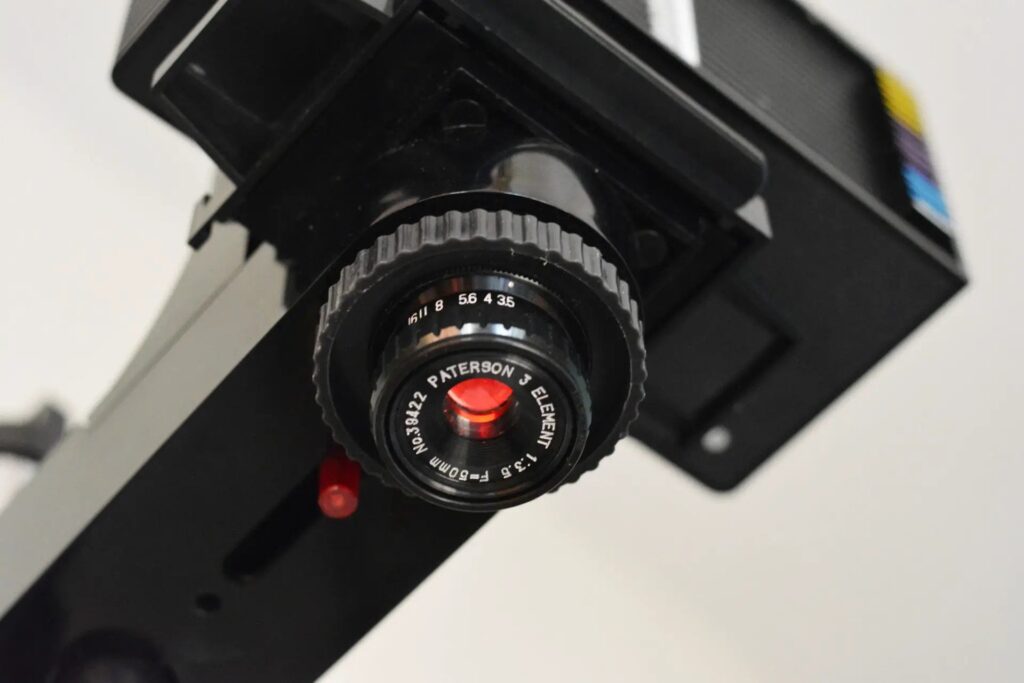
Comments
Danai on Lines in the Sky
Comment posted: 12/09/2025
Comment posted: 12/09/2025
Karen McBride on Lines in the Sky
Comment posted: 12/09/2025
Thanks for the article.
Comment posted: 12/09/2025
Neal Wellons on Lines in the Sky
Comment posted: 12/09/2025
Comment posted: 12/09/2025
Gary Smith on Lines in the Sky
Comment posted: 12/09/2025
Thanks for your article Richard, let's see some more of your work!
Comment posted: 12/09/2025
Peter Schu on Lines in the Sky
Comment posted: 13/09/2025
Comment posted: 13/09/2025
Erik Brammer on Lines in the Sky
Comment posted: 13/09/2025
I am always in search of power lines or telecommunications lines but here in Germany the latter hardly exist at all. It’s all underground.
Comment posted: 13/09/2025
Comment posted: 13/09/2025
Curtis Heikkinen on Lines in the Sky
Comment posted: 14/09/2025
Scott Ferguson on Lines in the Sky
Comment posted: 15/09/2025
I remember watching a documentary about the great counterculture cartoonist, R Crumb, and part of his process was to go around San Francisco taking photos of all of the things cluttering the sky, telephone and power poles and lines, and back in that era, TV Antennae. He made a point of putting that infrastructure we all filter out of our minds into his comic strips. I remember having a similar conundrum with all of the other people that were filling the ground level areas of the frame when I was trying to shoot the epic landscapes of the Canadian Rockies. Instead of trying to avoid them or frame them out, I decided to embrace them as part of the scene and a graphic element in the overall composition. It didn’t always work, but I did get some shots I really liked that way. I’m a big believer in shooting what’s around you!
Comment posted: 15/09/2025